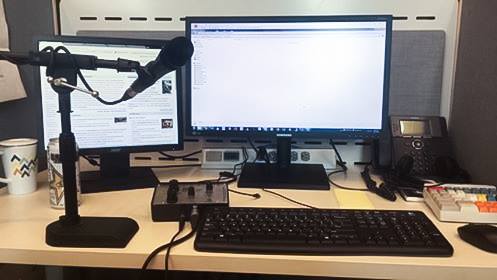The Origins of Solidarity Unionism: Minority report 5
During the recent training of IWW organizers, we talked about the kind of agreements that union solidarity could do with a boss. After all, we aim to ensure better conditions and to take advantage, which means , Firstly, to negotiate with management and commemorate the agreements we have concluded.
The readers of my topics I will regularly criticize contract elements, in my opinion, should be excluded if we want to be a strong movement. Some of these elements are desired by the union bureaucracies rooted, some are desirable for management, and some serve both interests, while abandoning the workers. I speak deductions of union dues, prerogatives of management and no-strike clauses. There are other characteristics of the contracts, such as binding arbitration as the last step of a grievance procedure, deadlines that promote management, the '' zipper clauses '' and so on, I regularly complain.
But what are the types of agreements that we should conclude, so? Generally, I speak of the agreements in terms of using direct action to take power on specific situations and negotiate to commemorate the result. But there are elements in the current contracts that are very useful. What remains to be seen, that is if a more comprehensive agreement that truly protects and extends the rights of working men and women can be negotiated in the current climate.
In my opinion, when negotiating, the workers should seek:
1) the end of the employment status "OTC";
2) a grievance procedure;
3) all economic improvements and working conditions they may wish and;
4) past practices clauses.
Most contracts contain a clause of "progressive discipline" or "termination for cause", that effectively terminates the employee status '' OTC ''. I would be interested to hear unionists seasoned-e-s the kind of progressive discipline provisions that have worked well in their experiments. One of them we have negotiated here based on the idea not to make it easy to discipline e-s-employed for simple wrongdoing. Management was obliged for each discipline to write an essay on the good qualities of the disciplined person, specify how to improve performance and meet regularly with the person concerned to discuss progress. Because it's a bit painful to do this, only the most serious offenses are identified, and former insignificant disciplines have simply disappeared.
Grievance procedures are systematic way the problems that arise in a factory are treated. Many clauses limit the definition of a complaint to the matters covered by the contract, thus reducing the ability of working people to file grievances on matters not provided for in the contract. It could be argued that the questions that are not covered by the contract are exempt from limits resolutions prohibited in the contract, then maybe not this is the worst thing that can happen. But having a procedure that management had agreed to follow when a conflict occurs can be very advantageous for workers.
Too often, I saw the wind out of the sails of organizing campaigns with promises of leadership that are never delivered. A clear process demonstrates to everyone when it is being ejected-e-s, and workers may well decide quickly how to raise the bar. I prefer that the last step of the grievance procedure is actually a gray area where nothing is assured. Yes, have steps ahead – meetings to discuss the issue, put in writing, bring a mediator, and everything that makes sense in the structure of your workplace. But to rely on a third party – that did not work under the agreement that it requires you to submit – to take the final decision is not ideal. Past practice clauses actually say: "Unless we reach an agreement, the workplace remains as currently. "What this has the effect of putting the burden of change in the workplace on the employer's shoulders. They must come to the union to talk about the changes and the union may or may not be consistent, or negotiate. When workers decide that a situation must be resolved, the grievance procedure can be used to bring the discussion to the calendar. These clauses have largely disappeared current contracts, but I think it's time for a rebirth.
The series of “minority reports” was written and published in 2002 on the website of the IWW, by Alexis FW Buss.
Link to original article: https://www.iww.org/about/solidarityunionism/explained/minority5


 Subtitlers working for the telecommunications giant
Subtitlers working for the telecommunications giant  The differently abled community of Canada deserves better than subtitles delivered by hungry, tired, and disrespected workers.
The differently abled community of Canada deserves better than subtitles delivered by hungry, tired, and disrespected workers.